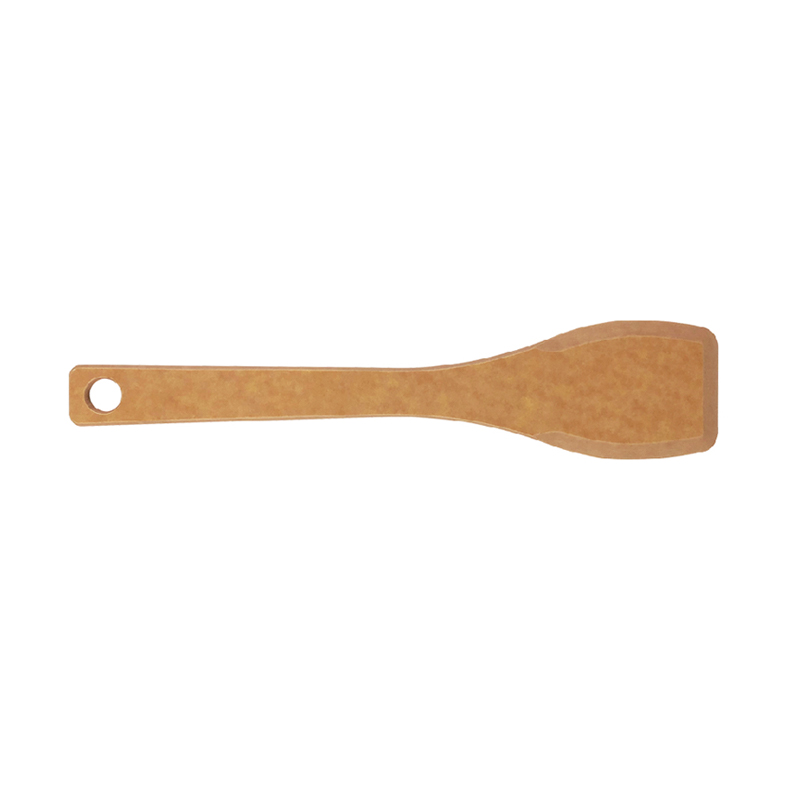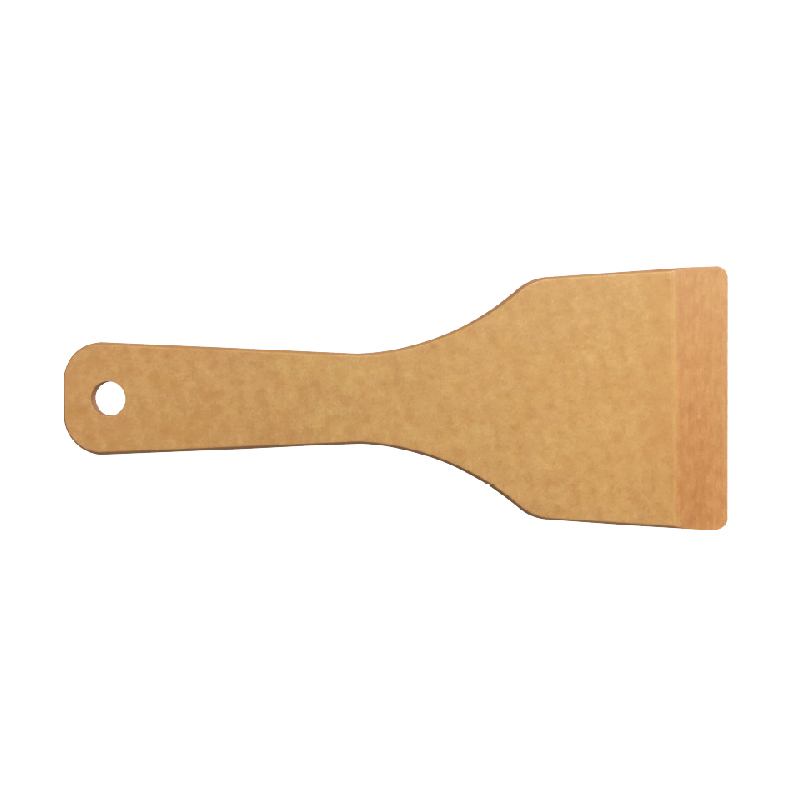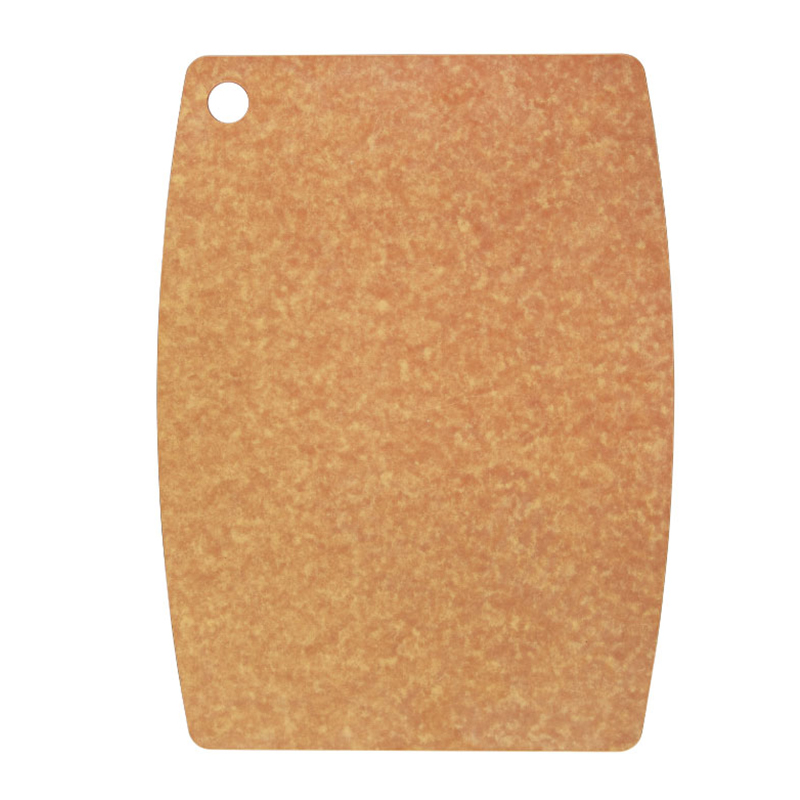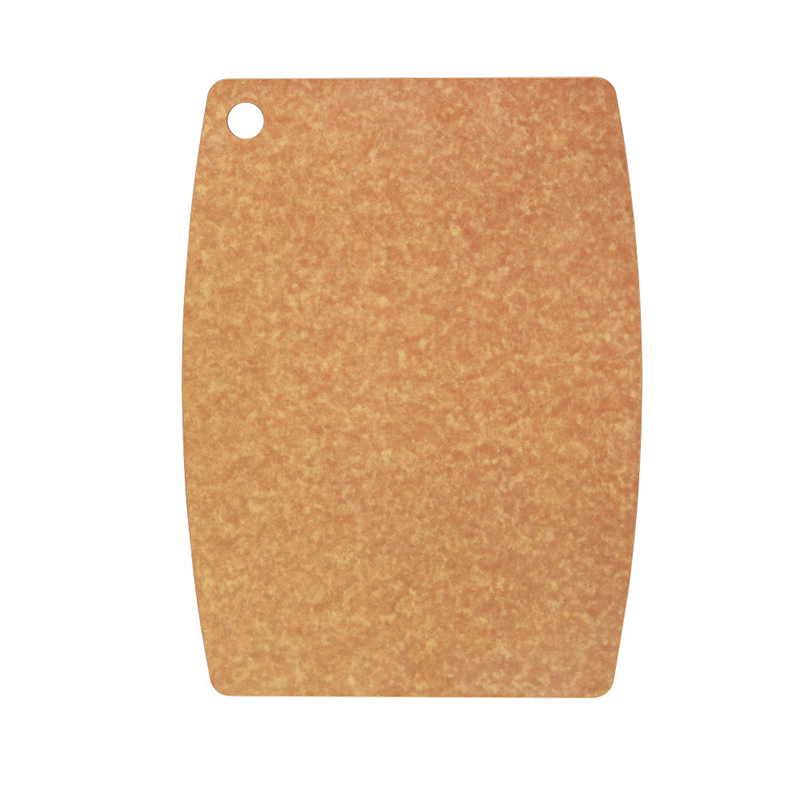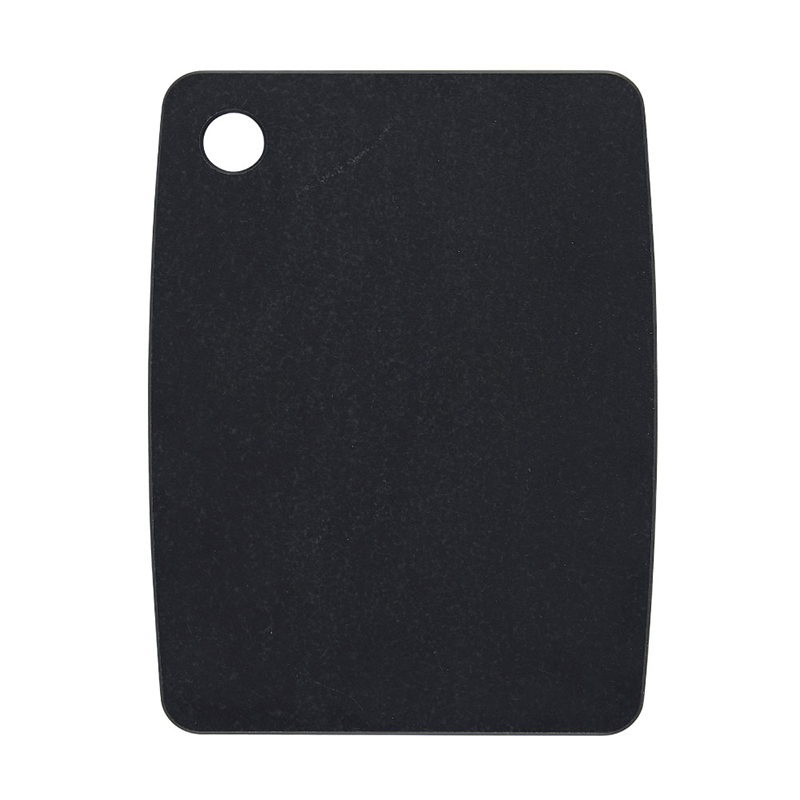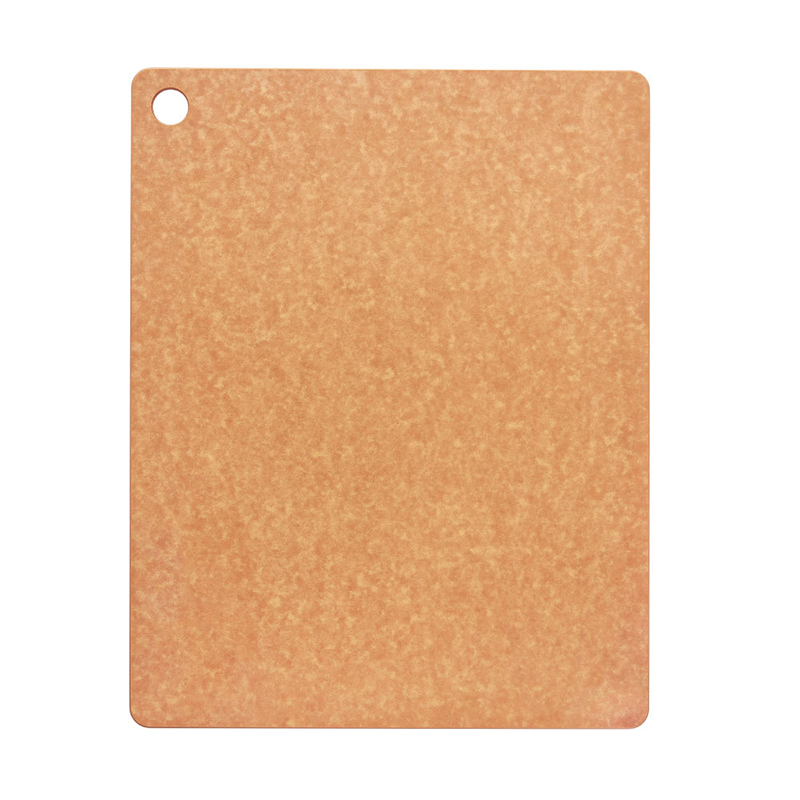-
What are the different types of cutting boards you know?
Whether you're looking for a cutting board for your kitchen, home office, or restaurant, there are many different types of cutting boards to choose from. You can choose from wood, plastic or even glass. You can also choose from a variety of colors, shapes and sizes.
plastic cutting board
Whether you're looking for a professional-quality cutting board or one for everyday use, a cutting board is an important kitchen tool. They help hold food in place while cutting and make it easier to transfer prepared ingredients. It is important to take care of your circuit boards to prolong their life.
The materials used to make plastic and composite cutting boards are generally non-porous and easy to clean. They also have natural antiseptic properties that help keep bacteria from growing. However, they may not be as durable as wooden cutting boards. They are also easier to replace.
Wooden cutting boards are often preferred over plastic ones because of their hygienic properties. Unlike plastic, they are easy to clean and won't stain. They are also more resistant to deep cuts. It is important to remember that they must be cleaned regularly to maintain their hygienic condition.
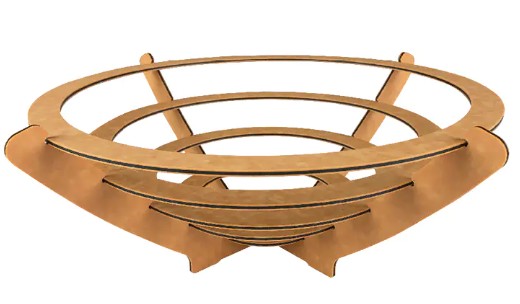
Wooden Fiber Fruit/Bread Basket BB01

Wooden Fiber Fruit/Bread Basket BB01
A cutting board with a non-slip surface makes transferring prepared ingredients to serving plates easier. It is also important to maintain the surface of the board, as scratches and cracks allow bacteria to enter the food.
wooden cutting board
Keeping your wood cutting board clean and dry is important to prolong its life. To ensure the safety and longevity of your wooden cutting board, you should pay attention to the type of wood you use, how much water and oil you apply, and how often you wash and dry it.
In terms of care, you'll want to wash your boards regularly to remove stains and bacteria. To keep it hygienic, be sure to use food-grade mineral oil on your cutting board at least a few times a year. This will help keep it from cracking and drying out, and prevent odors and stains.
You'll also need rubber feet to keep the board stable. These feet help keep your board from slipping and improve airflow around the board.
You can also choose a wooden board with grooves to catch the sap you want to transfer. This makes chopping onions or meat easier, and it's especially useful for aromatics.

 日本語
日本語 English
English 中文简体
中文简体